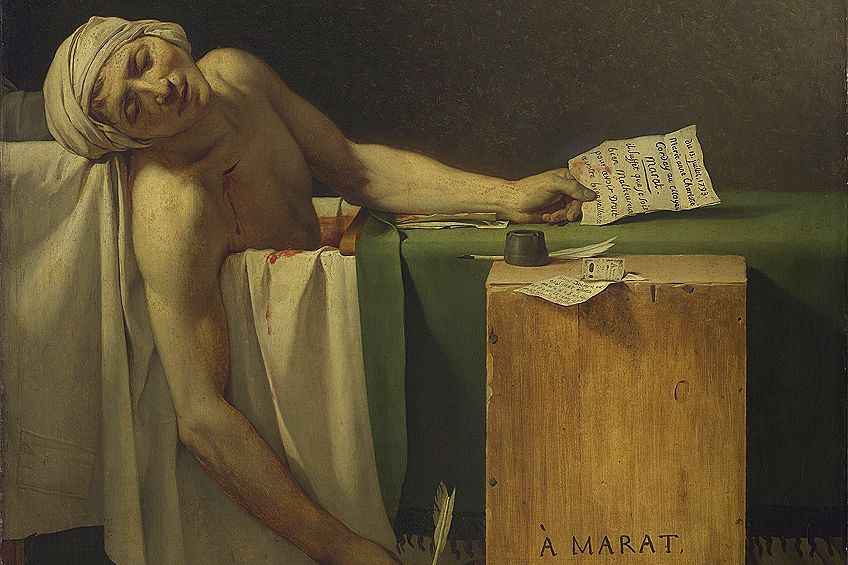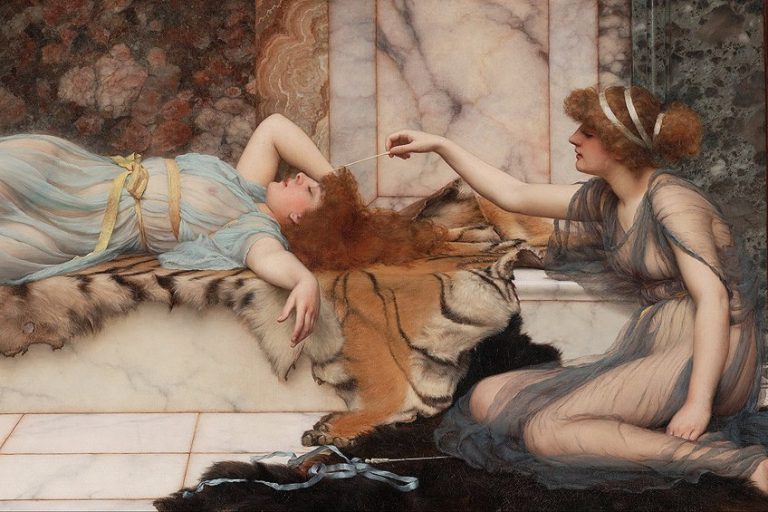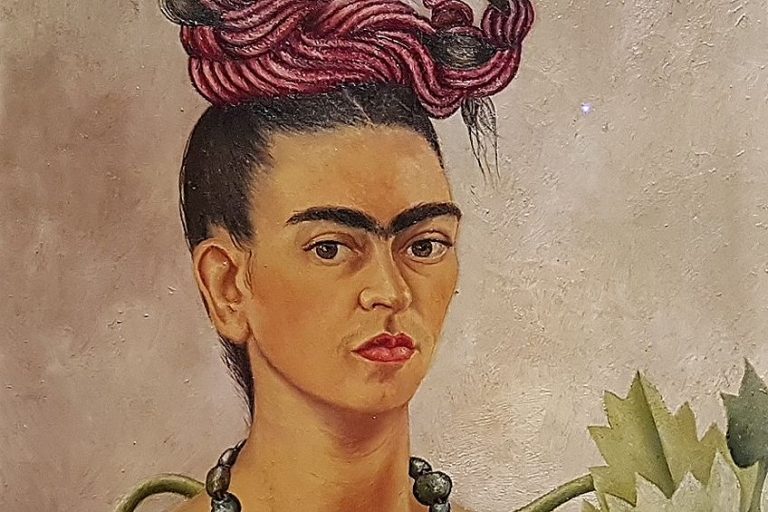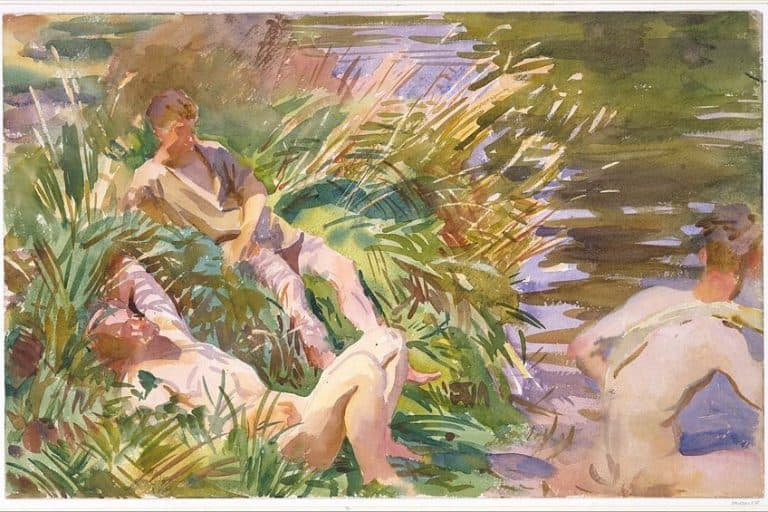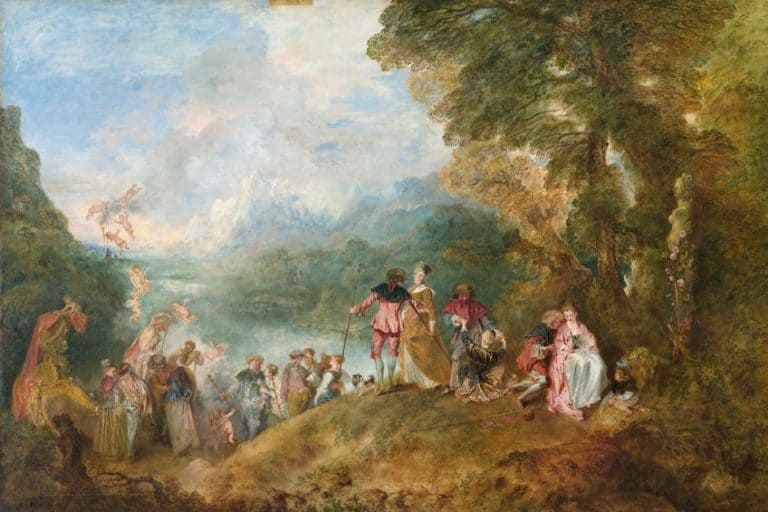“The Death of Marat” by Jacques-Louis David – In-Depth Analysis
The Death of Marat (1793) by Jacques-Louis David has stood the tests of revolutions and vanishment, but it has always managed to make a statement. This article will explore this political history painting in more detail.
Artist Abstract: Who Was Jacques-Louis David?
Jacques-Louis David was a French Neoclassical painter; his date of birth was August 30, 1748, and he died December 29, 1825. He was born in Paris, France, and started painting at an early age. He won the Prix de Rome in 1774, allowing him to study in Italy, which also exposed him to great classical artists. He studied at the Royal Academy of Painting and Sculpture, where he initially started his art studies at the age of 18. His art style was characterized by historical and classical subject matter, but he also had a political side and painted for Napoleon Bonaparte. Some of his famous artworks include The Oath of the Horatii (1784), The Death of Socrates (1787), and Napoleon at the Saint Bernard Pass (1801).
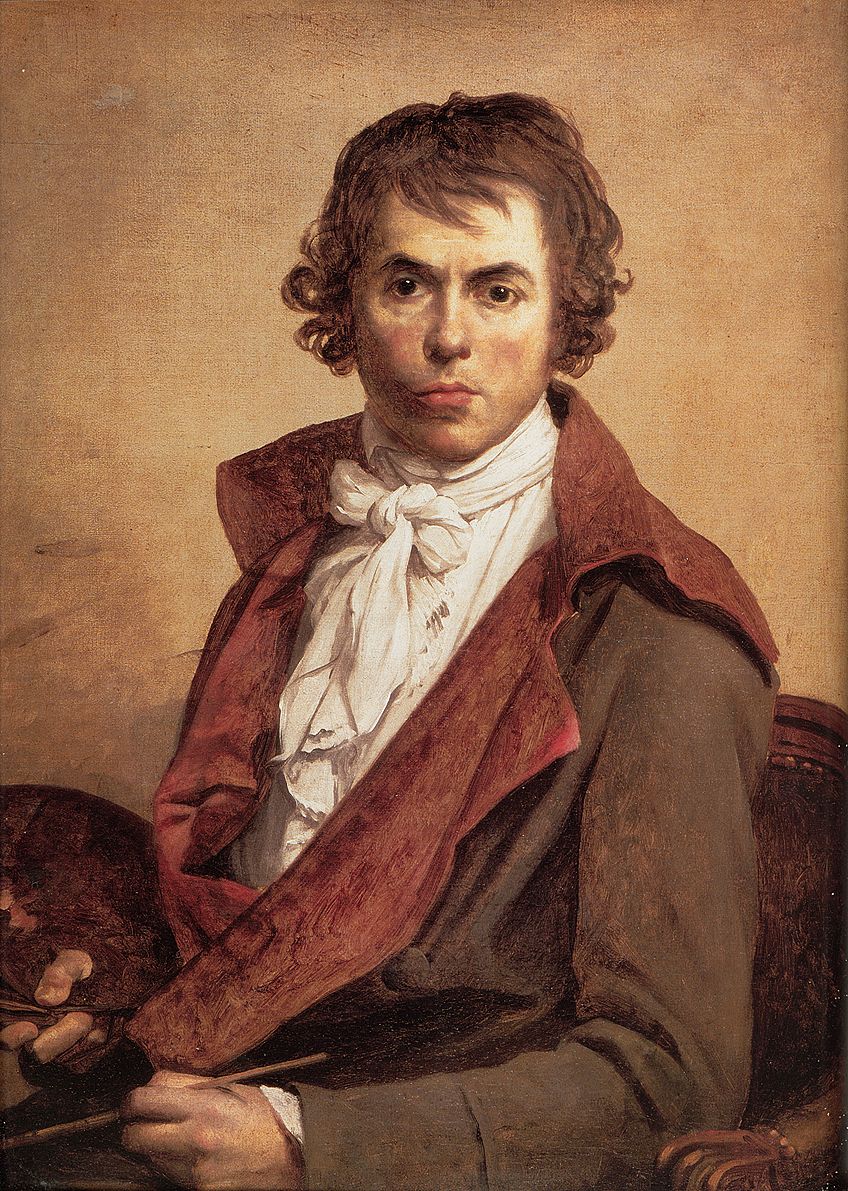
The Death of Marat (1793) by Jacques-Louis David in Context
The article below will explore The Death of Marat analysis, first discussing a contextual overview in terms of why Jacques-Louis David painted it, which will be followed by a formal analysis looking at the subject matter and stylistic elements.
| Artist | Jacques-Louis David (1748-1825) |
| Date Painted | 1793 |
| Medium | Oil on canvas |
| Genre | History painting |
| Period / Movement | Neoclassicism |
| Dimensions (cm) | 162 x 128 |
| Series / Versions | N/A |
| Where Is It Housed? | Royal Museums of Fine Arts of Belgium, Brussels, Belgium |
| What It Is Worth | Uncertain |
Contextual Analysis: A Brief Socio-Historical Overview
For a better comprehension of the painting The Death of Marat by Jacques-Louis David it is important to have a sense of what occurred in French history when David painted it in 1793, as well as the artist’s own political preoccupations that inspired him to paint it.
It’s believed that Jacques-Louis David painted The Death of Marat as a “tribute” to the murdered political figure of Jean-Paul Marat, who was also a journalist and writer. He was pro-revolutionary and affiliated with the Jacobins, who was a prominent political “club”. Similarly, Jacques-Louis David was also a pro-revolutionary and part of the Jacobins.

Marat reportedly had a skin condition and he needed to frequently be in the water, which eased his discomfort. This ties in with his murderer, Charlotte Corday, who was part of the Girondins group, who were against the Jacobins. She gained access to meet with Marat, although there is debate around the details of why she met with him, and she stabbed him while he was in the bath. David’s intent for The Death of Marat painting was as a propagandist tool, and he utilized various iconographical tools common to religious paintings.
Some of these include the position of Marat’s body, limp and lifeless, like Jesus Christ’s body after he was crucified, and the wound on his upper chest, like the wounds Jesus Christ had known as the stigmata.
Other examples include the wooden crate, which has been likened to a stele, and the bath, which has been compared to a tomb, as well as the light coming from an unknown source to the left, which creates an air of seeming holiness shining on the dead Marat. These and more all point to how David portrayed Marat in light of the political upheavals of the time.
Formal Analysis: A Brief Compositional Overview
The Death of Marat analysis continues below with a visual description of the subject matter and how the following art elements like color, texture, line, shape, form, and space were applied and utilized by Jacques-Louis David.
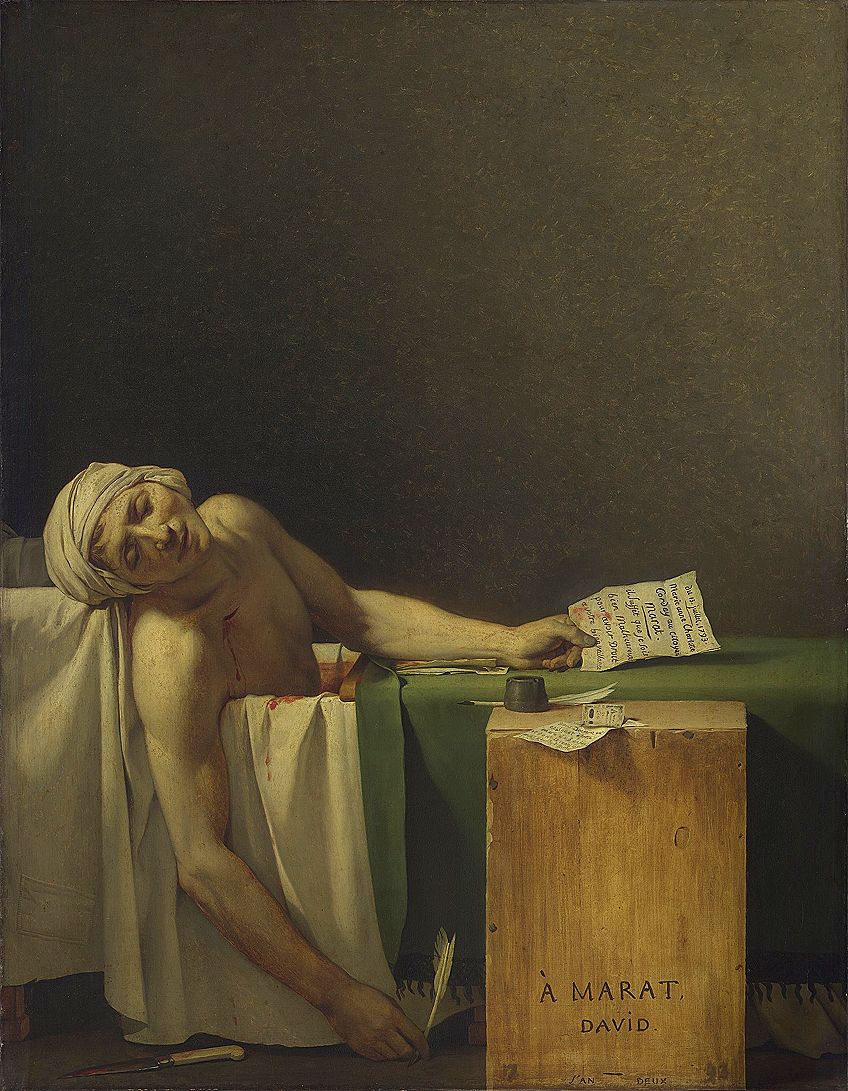
Subject Matter: Visual Description
The Death of Marat by Jacques-Louis David depicts the lifeless body of Jean-Paul Marat lying in his bath; his upper body is slightly slouched over the bath’s edge, his head, which is topped with a white turban, is limp and resting against a piece of furniture behind the bath to the right, and his right arm is hanging over the bath’s edge; his lifeless fingers are touching the floor.
In his left hand, he is holding a piece of paper, the letter from his murderer who was Charlotte Corday, and his left is on a wooden slab that appears to be over the bath allowing him to write on it. In his right hand, which is touching the floor, is a quill, and to the left of it is a knife with blood on the blade and handle; a stab wound is visible on Marat’s upper right chest area.
Slightly further to the right and next to the bath is a wooden block or crate acting as a table with a quill and ink bottle with several papers on it. On the crate are inscribed the words, “À MARAT, DAVID” and right at the bottom it reads, “L’AN DEUX”, which reportedly translates to “Year Two”. The bath itself is covered over by a green cloth or throw, and red bloodied water is visible in it near Marat’s upper body.

Texture
There are numerous implied textures that Jacques-Louis David created through his brushwork, which also create contrasting effects, for example, the smoother surface of the cloth and material as well as Marat’s pallid skin tone compared with the rougher wooden surface of the crate next to the bath.

Color
The color scheme in The Death of Marat by Jacques-Louis David consists mostly of neutral hues like the whites of the turban, cloth, paper, and quills, the green of the cloth over the bath, the brown from the wooden crate, and flesh tone of Marat’s skin.
David utilized the shading to create the effects of light, for example, the light source to the left gently illuminates Marat’s dead body, providing more emphasis on him as the main protagonist of the scene. Furthermore, it also sheds light on the objects that give us, the viewers, more details about the scene, for example, the letter in Marat’s left hand and his face, which appears seemingly serene.
There are also areas of shadows in the background and foreground, notably where the knife lies on the floor.
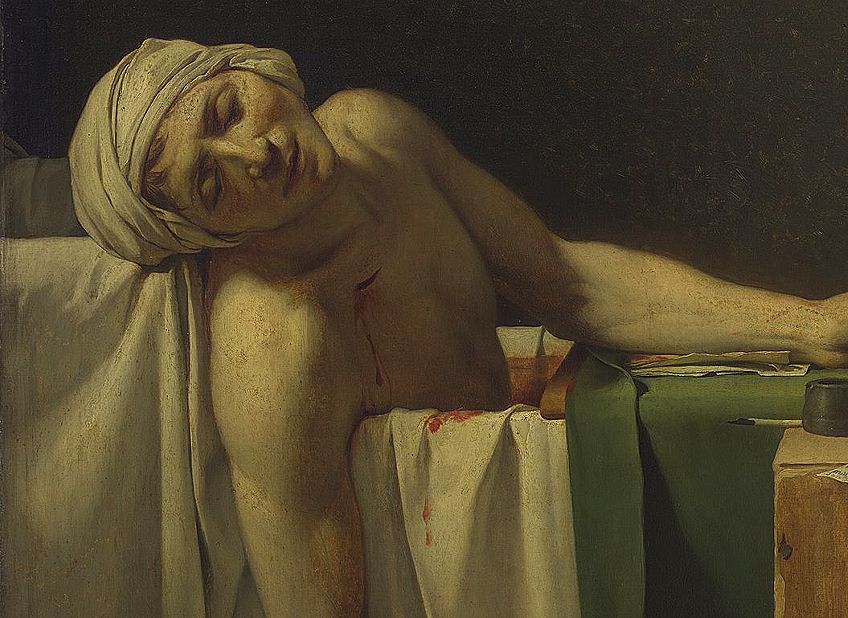
Line
There are a variety of implied lines created by the subject matter leading us (the viewers) to gaze around the composition, with a specific focus on Marat and the knife on the floor. For example, the vertical lines from the folds of the white and green cloth near Marat’s hanging arm, the latter also create a vertical line. However, there is also a diagonal and curved line created, which is emphasized by the quill in Marat’s hand, its tip just touching the floor and seemingly creating an implied directional line towards the knife to the left.

Space
Space in The Death of Marat by Jacques-Louis David is composed of the main subject matter in the foreground, more specifically in what is called the “shallow” foreground. The background is neutral and in a dark hue, which creates a backdrop effect for the figure in the foreground.
The space has also been described as if David set it as a stage, intentionally placing all the objects where they need to be to address the narrative of the scene and more importantly Marat’s figure.
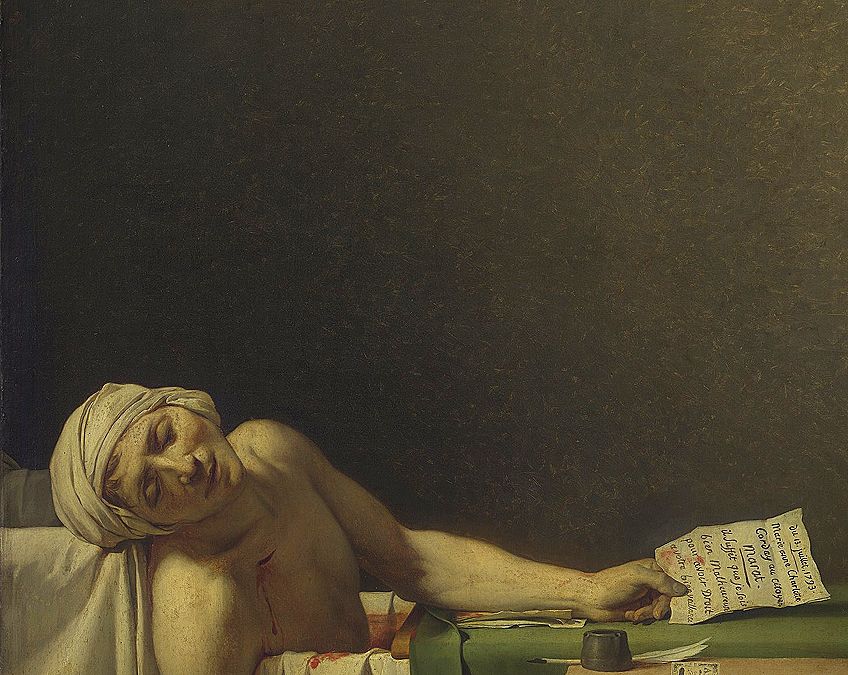
Shape and Form
Jacques-Louis David created a naturalistic composition in terms of form, in other words, the figure of Marat is depicted in a realistic manner and muscularly defined, as was also characteristic of Neoclassical paintings of the time, however, Marat’s form was also “idealized” by the artist and placed in a position of that of a martyr, likened to the martyrdom of Jesus Christ.
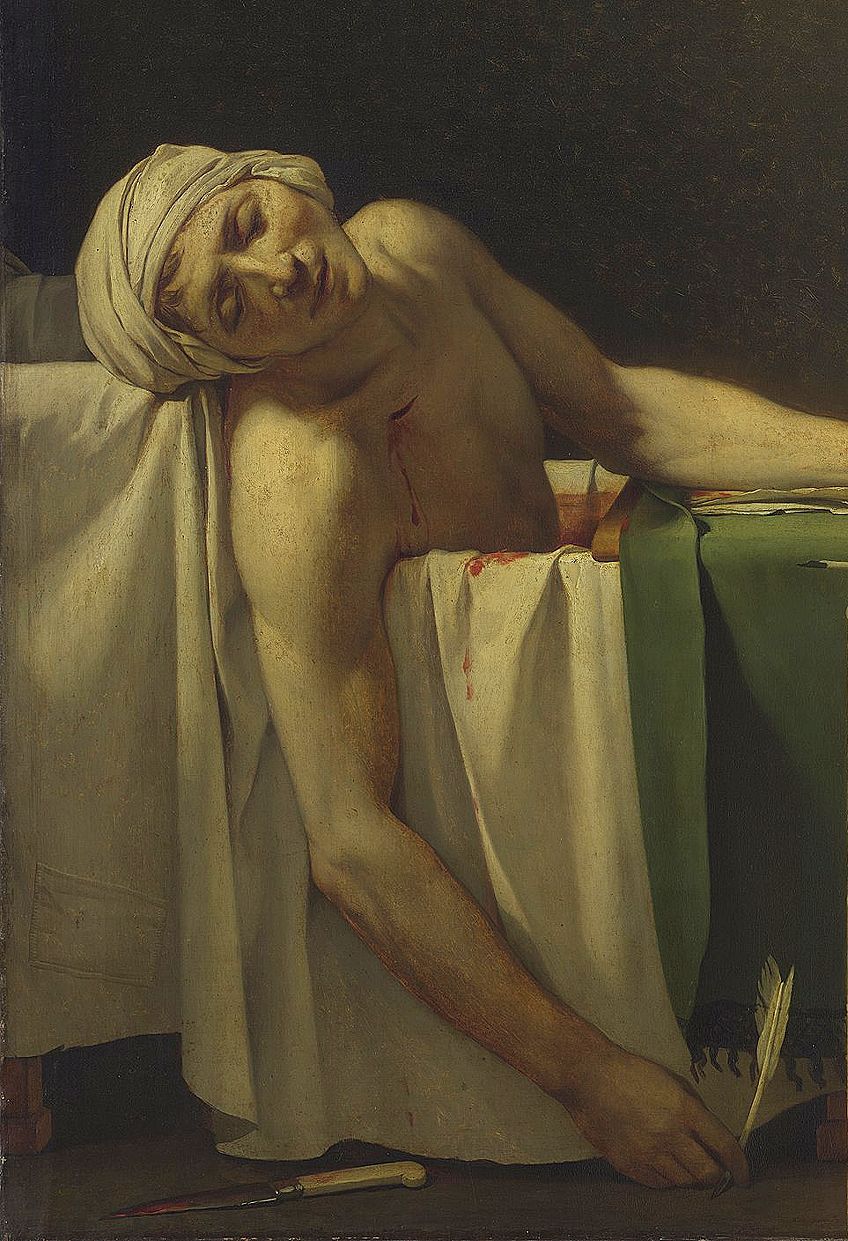
A Revolutionary Duo
This article discussed the oil on canvas The Death of Marat by one of the most renowned Neoclassical artists Jacques-Louis David. This was not only a homage to the political figure of Marat but also a visual, politically prone, portrayal of him. Furthermore, the article also discussed some of the primary stylistic approaches and iconography that David utilized to create a gentle, yet impassioned display of Marat’s death.
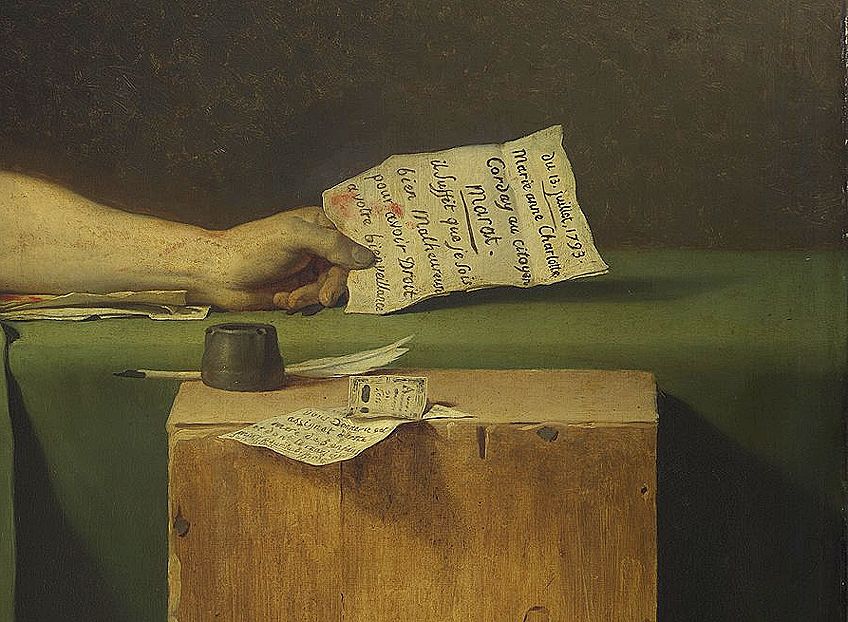
“The Death of Marat” by Jacques-Louis David has been an emblem of inspiration since its unveiling in 1793, including inspiring many to make copies of it for political purposes. But the painting was also lost for some time and was unveiled yet again, reportedly almost two decades after the artist’s death, this time inspiring poets and artists like Charles Baudelaire, Pablo Picasso, and Edvard Munch, including numerous references in 21st-century pop culture by artists like Brazilian artist Vik Muniz. It is safe to say that David and Marat have been a revolutionary duo since 1793, and even in death, they continue to master their trade and message of suffering, liberty, and ultimately immortalizing Marat’s honor.
A look at The Death of Marat painting webstory here!
Frequently Asked Questions
Who Painted The Death of Marat?
The Neoclassicist Jacques-Louis David created the famous history oil painting titled The Death of Marat (1793). It is a portrayal of Jean-Paul Marat lying dead in his bath after Charlotte Corday killed him.
Where Is The Death of Marat Painting Now?
The oil on canvas painting The Death of Marat (1793) by Jacques-Louis David is housed at the Royal Museums of Fine Arts of Belgium, which is located in Brussels, Belgium.
What Is the Meaning of The Death of Marat Painting?
The Death of Marat (1793) by Jacques-Louis David was painted in a manner to show the Jacobin Jean-Paul Marat as a so-called martyr, notably of the French Revolution. He was assassinated by Charlotte Corday, who was part of the opposite political group the Girondins.
Alicia du Plessis is a multidisciplinary writer. She completed her Bachelor of Arts degree, majoring in Art History and Classical Civilization, as well as two Honors, namely, in Art History and Education and Development, at the University of KwaZulu-Natal, South Africa. For her main Honors project in Art History, she explored perceptions of the San Bushmen’s identity and the concept of the “Other”. She has also looked at the use of photography in art and how it has been used to portray people’s lives.
Alicia’s other areas of interest in Art History include the process of writing about Art History and how to analyze paintings. Some of her favorite art movements include Impressionism and German Expressionism. She is yet to complete her Masters in Art History (she would like to do this abroad in Europe) having given it some time to first develop more professional experience with the interest to one day lecture it too.
Alicia has been working for artincontext.com since 2021 as an author and art history expert. She has specialized in painting analysis and is covering most of our painting analysis.
Learn more about Alicia du Plessis and the Art in Context Team.
Cite this Article
Alicia, du Plessis, ““The Death of Marat” by Jacques-Louis David – In-Depth Analysis.” Art in Context. February 17, 2023. URL: https://artincontext.org/the-death-of-marat-by-jacques-louis-david/
du Plessis, A. (2023, 17 February). “The Death of Marat” by Jacques-Louis David – In-Depth Analysis. Art in Context. https://artincontext.org/the-death-of-marat-by-jacques-louis-david/
du Plessis, Alicia. ““The Death of Marat” by Jacques-Louis David – In-Depth Analysis.” Art in Context, February 17, 2023. https://artincontext.org/the-death-of-marat-by-jacques-louis-david/.


